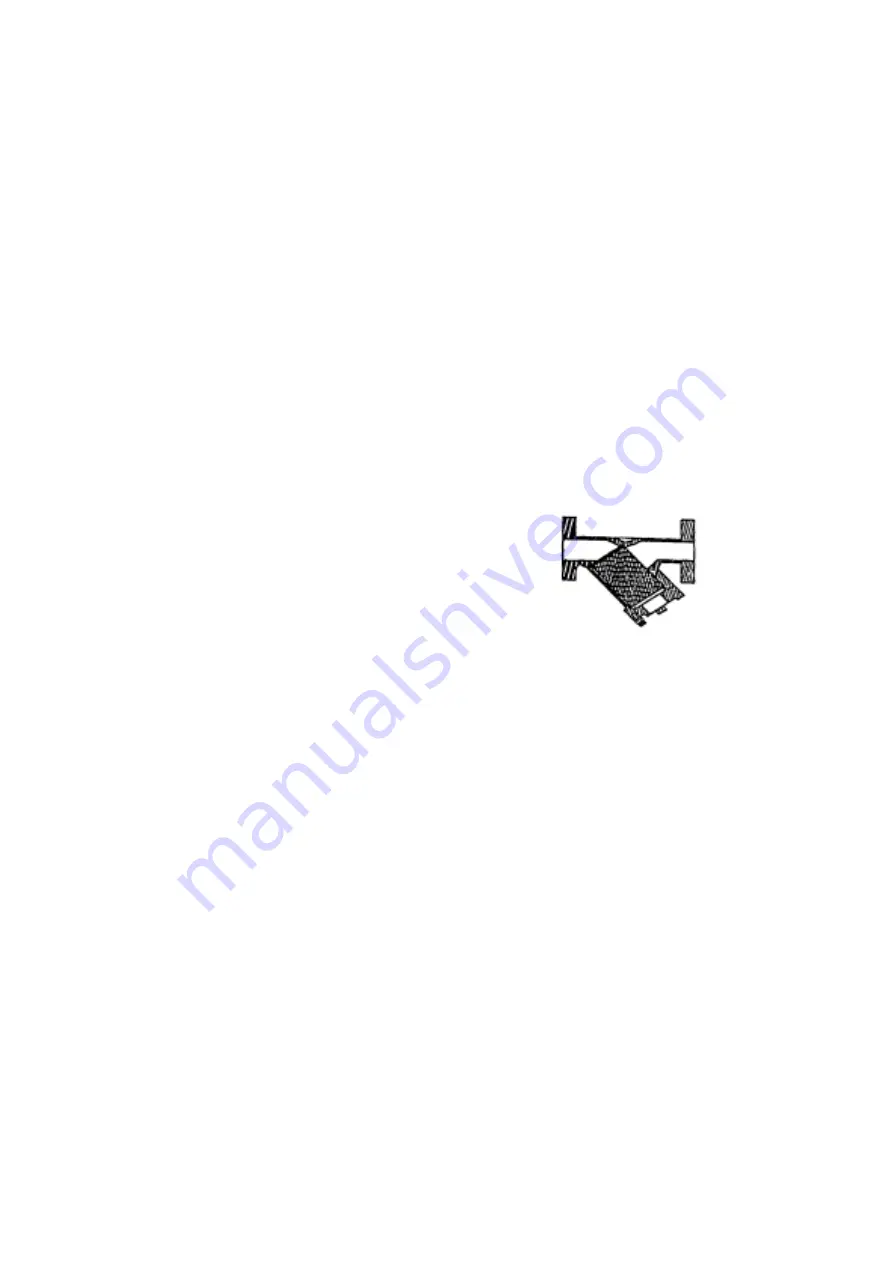
12
6 - HYDRAULIC CONNECTIONS
Make the heat exchanger water connections with the necessary
components, using material which will guarantee that the
screwed joints are leakproof.
The figures “Typical hydraulic installation” show a typical
hydraulic circuit installation in an air conditioning system.
For an application with a hydraulic circuit, the following
recommendations must be taken into account:
1.
The water pump should discharge into the evaporator.
2.
It is advisable to install shut-off valves to allow isolation
of the most important circuit components, as well as the
unit itself. These valves (ball, globe and butterfly valves)
should produce a minimum loss of charge when they are
open.
3.
Provide circuit drains at the lowest point as well as the
necessary clearances around the unit.
4.
Install purges in the higher sections of the installation.
5.
Pressure ports and pressure gauges should be installed
upstream and downstream of the water pump.
6.
Thermometers should be installed in the unit water inlet
and outlet.
7.
All piping must be adequately insulated.
Installation of the following components is OBLIGATORY:
1.
A flow switch should be installed in a straight horizontal
stretch with a length of at least five times the line diameter
on either side. It must be positioned in the evaporator inlet
pipe and must be electrically connected in accordance
with the wiring diagram. The installation should incorpo-
rate a protection device which is activated when there is
no water circulating in the heat exchanger.
2.
The presence of particles in the water can lead to obstruc-
tions in the plate heat exchanger. In these installations a
mesh filter should be installed at the heat exchanger inlet,
with a mesh size of less than 1.2 mm (see Fig. “Mesh
filter”).
3.
After assembling the system, or repairing the circuit, the
whole system must be thoroughly cleaned with special
attention paid to the state of the filters.
4.
When low temperatures are expected, or if the unit is
installed in a low temperature atmosphere, an adequate
amount of ethylene glycol should be added.
Use the curve (see Fig. “Ethylene glycol”) to determine
the correct ethylene glycol concentration for the
temperature.
Mesh filter
NOTE: The use of these filters is strongly recommended.
























